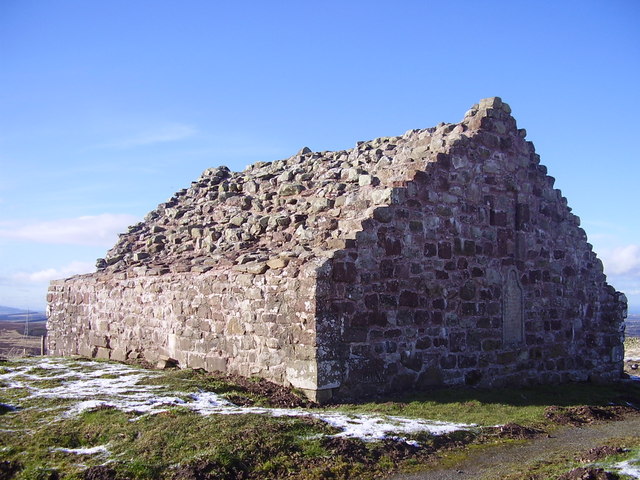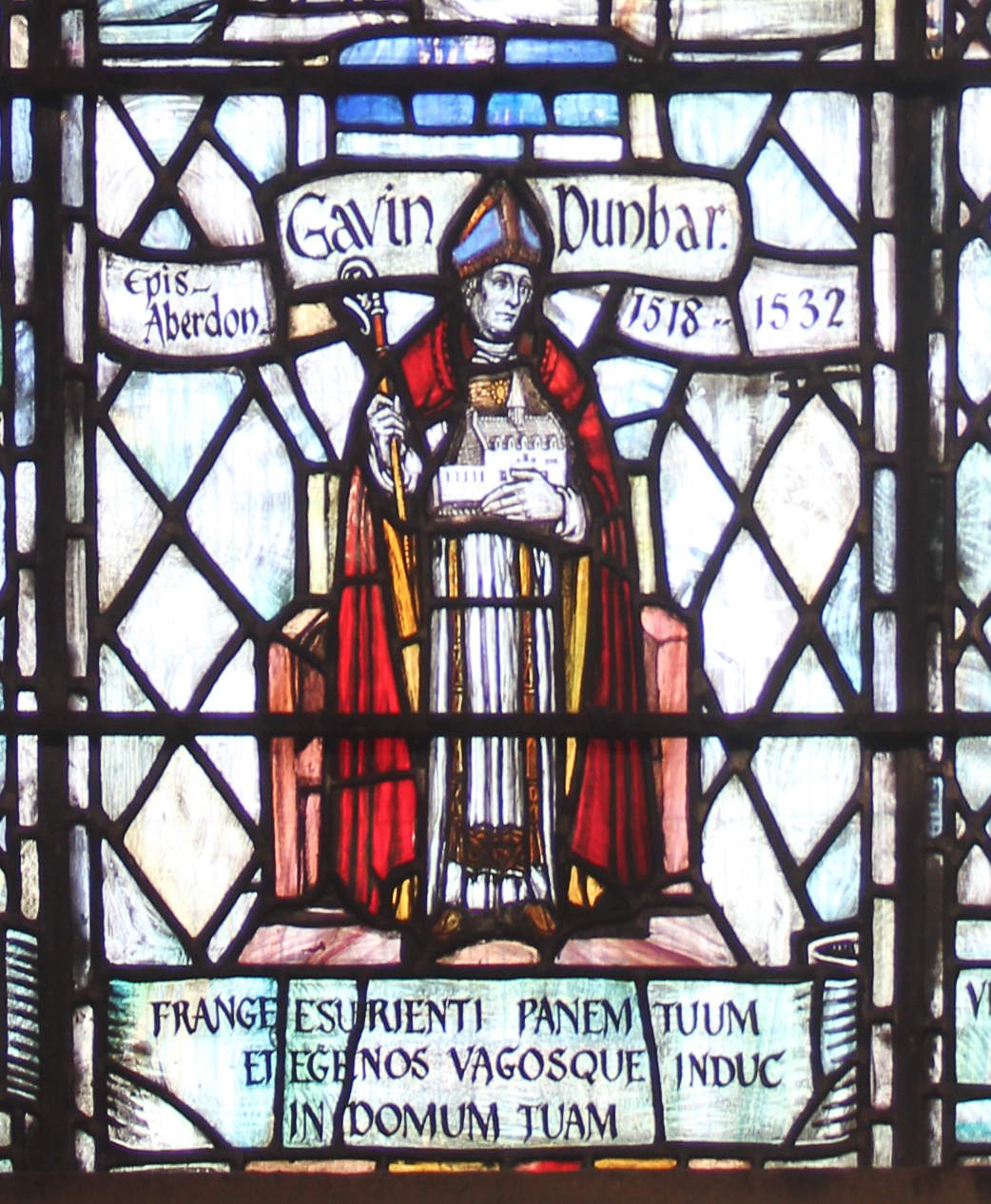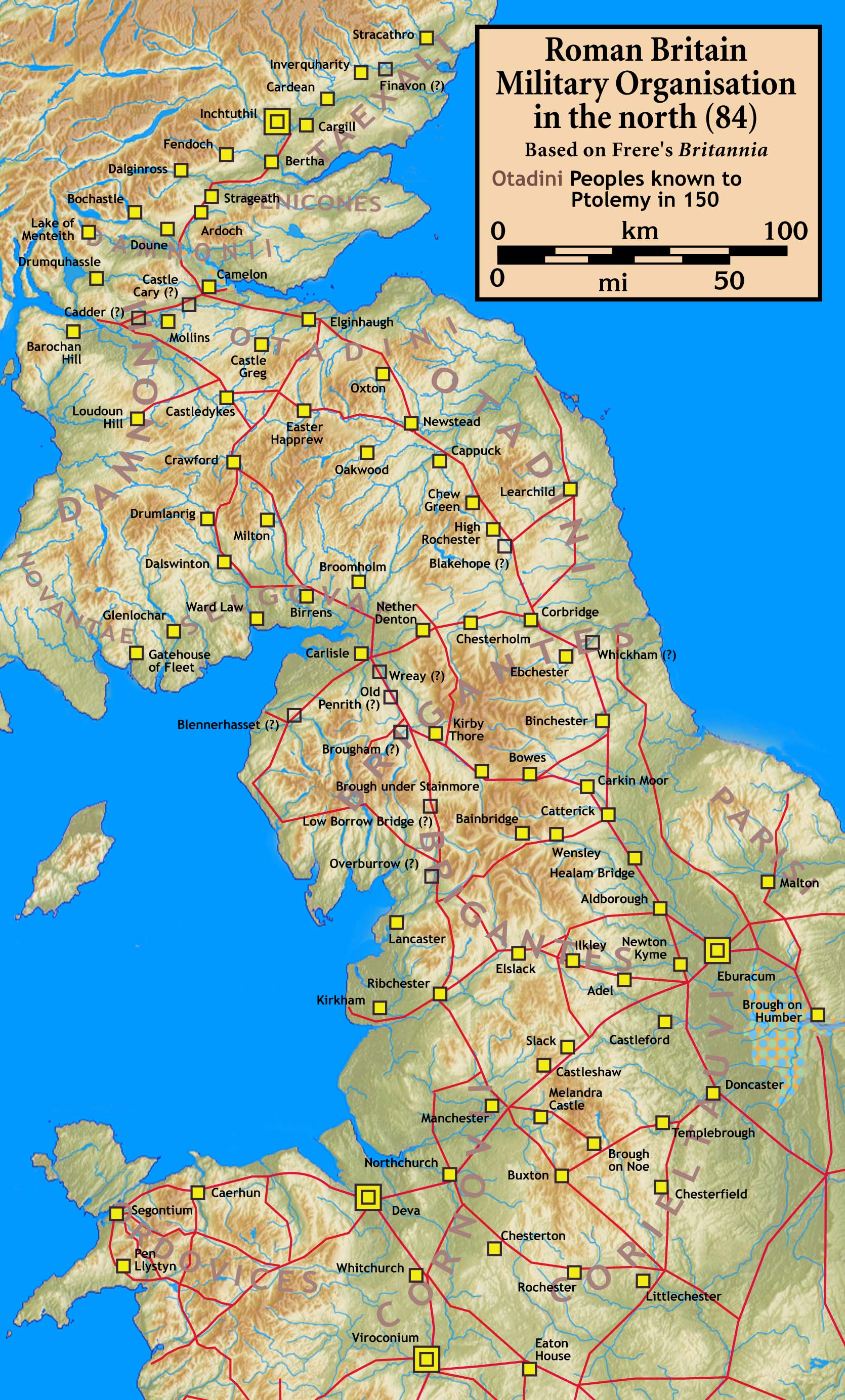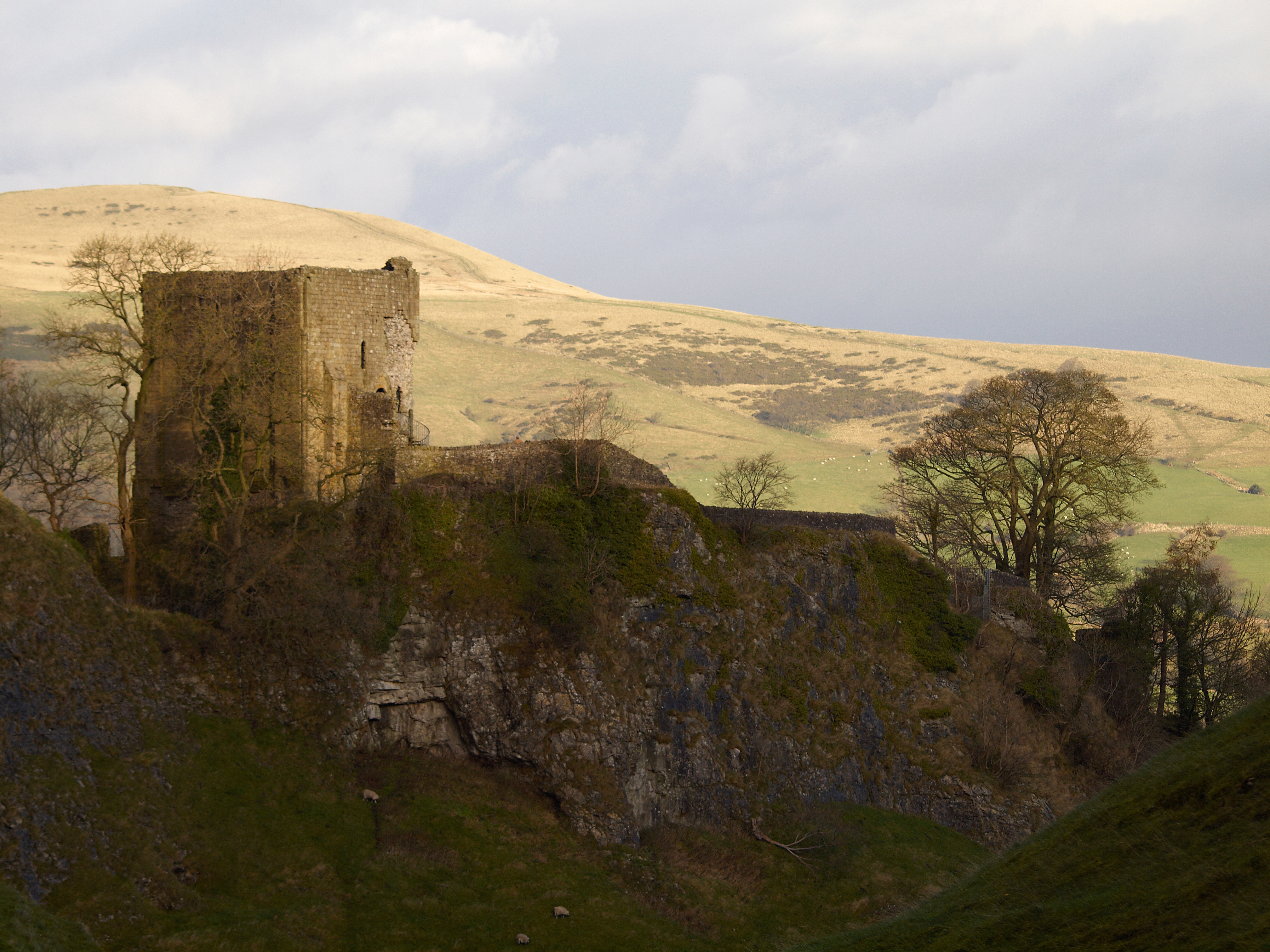|
Soutra
Soutra Aisle, (the present structure lies just within the boundary of the Scottish Borders from Midlothian) not far from Fala, is the remains of the ''House of the Holy Trinity'', a church that was part of a complex comprising a hospital and a friary. It lies half a mile along the B6368 from its junction with the A68. History The complex was founded by Malcolm IV in 1164, when he granted it the lands of Brotherstanes up to and including the lands of Lyndean.Huner, James, FSA (Scot)., ''Fala and Soutra, including a History of the Ancient "Domus de Soltre"'', Edinburgh, 1892: 31-2 It was built close to the Via Regia, the main route from the North to the Borders Abbeys; it was known as the House of the Holy Trinity and was run by an Augustinian Order. The Great Seal of Scotland mentions Thomas Lauder (later Bishop of Dunkeld) as Master of the Hospital of Soutra on 26 February 1439 (no. 226) and 20 May 1444 (no. 298). A Supplication to Rome dated 7 October 1444 states that he "h ... [...More Info...] [...Related Items...] OR: [Wikipedia] [Google] [Baidu] |
Fala, Midlothian
Fala is a hamlet in the south-eastern corner of Midlothian, Scotland, and about 15 miles from Edinburgh. Location The parish of the same name is about five miles long from east to west, and one mile broad from north to south, and contains about . It is bounded by the following parishes: Humbie to the east, Soutra (to which it is now conjoined) on the south, Heriot & Stow on the west, and on the north by the detached parts of Borthwick, Cranstoun, and Crichton. Fala Hall Burn rises in the moor to the south of Fala Flow and forms the boundary between Fala and Soutra parishes. The streams eventually run into the Cakemuir Burn above Costerton. Due to its location, the village, and more so Fala Dam due to its topography, can often get cut off from the outside world during heavy snowfalls, with residents known to be snowed in for several days. The hamlet has buildings from the 18th and 19th centuries. Highways In 1834 a road (today the A68), with a still extant Toll House at Fala, ... [...More Info...] [...Related Items...] OR: [Wikipedia] [Google] [Baidu] |
Hospitals In Medieval Scotland
Hospitals in medieval Scotland can be dated back to the 12th century. From c. 1144 to about 1650 many hospitals, bedehouses and ''maisons Dieu'' were built in Scotland. There are many terms that apply to, or describe a ''hospital''. The origin of the English term, "hospital", is probably from the French or Latin. English and European terms for hospital appear to have a common root. "Hospital" – from the Latin – "a place of rest for guests". Other terms are recognized. Almshouse; bede house; chantry; God's house; infirmary; spital; ''Domus hopitalis Sancti Spiritus'' (Latin); ''Gasthuis'' (German); Godshuis (Dut) ; Hôpital (Fr) ; ''Hôtel-Dieu'' (French); ''Krankenhaus'' (German); ''Maison dieu'' (French); ''ospedale'' (Italian); ''Sjukhus'' (Swedish); xenodochium (Greek). Records provide evidence of more than 180 hospitals in Scotland. The term "spit(t)al" or "temple/templar" may also indicate land endowed by churches or monasteries as well as sites associated with the Kn ... [...More Info...] [...Related Items...] OR: [Wikipedia] [Google] [Baidu] |
Dere Street
Dere Street or Deere Street is a modern designation of a Roman road which ran north from Eboracum (York), crossing the Stanegate at Corbridge ( Hadrian's Wall was crossed at the Portgate, just to the north) and continuing beyond into what is now Scotland, later at least as far as the Antonine Wall. Portions of its route are still followed by modern roads, including the A1 (south of the River Tees), the B6275 road through Piercebridge, where Dere Street crosses the River Tees, and the A68 north of Corbridge in Northumberland. Name The Roman name for the route is lost. Its English name corresponds with the post-Roman Anglo-Saxon kingdom of Deira, through which the first part of its route lies. That kingdom possibly took its name from the Yorkshire River Derwent. The term "street" derives from its Old English sense (from la, via strata), which referred to any paved road and had no particular association with urban thoroughfares. Portions of the road in Scotland we ... [...More Info...] [...Related Items...] OR: [Wikipedia] [Google] [Baidu] |
Thomas Lauder
Thomas Lauder (or Thomas de Lawedre) (1395 – 4 November 1481) was a 15th-century Scottish churchman. A graduate of the University of Paris, he served the Scottish king at the Council of Basel in the 1430s. Before he rose to the position of Bishop of Dunkeld, he had been Master of the famous hospital at Soutra Aisle, and the tutor to King James II of Scotland. Background John Dowden states that "Thomas Lauder, Bishop of Dunkeld, was the son of an unmarried nobleman and an unmarried woman, and nephew of William Lauder, Bishop of Glasgow." However, Supplications to Rome state he was the "son of a knight and an unmarried woman". It would therefore appear that Thomas was the natural son of Sir Robert de Lawedre, Knt., of Edrington and The Bass (died before Michaelmas 1451), the only brother of Bishop William Lauder who was a knight. In 1414, Lauder was at the University of Paris registered for a Licentiate in the Arts. Religious hospitals A Charter under the Great Seal of Scotlan ... [...More Info...] [...Related Items...] OR: [Wikipedia] [Google] [Baidu] |
Trinity College Kirk
Trinity College Kirk was a Scottish monarchy, royal collegiate church in Edinburgh, Scotland. The kirk and its adjacent almshouse, Trinity Hospital, were founded in 1460 by Mary of Gueldres in memory of her husband, King James II of Scotland, James II who had been killed at the Capture of Roxburgh (1460), siege of Roxburgh Castle that year. Queen Mary was interred in the church, until her coffin was moved to Holyrood Abbey in 1848. The original concept was never completed. Only the apse, Choir (architecture), choir and transepts were completed. The church was originally located in the valley between the Old Town, Edinburgh, Old Town and Calton Hill, but was systematically dismantled in the 1840s (under the supervision of David Bryce) due to the construction of Waverley Station on its site. Its stones were numbered in anticipation of rebuilding and were stored in a yard on Calton Hill. Reconstruction did not begin until 1872, when it was moved to a site on Chalmers Close o ... [...More Info...] [...Related Items...] OR: [Wikipedia] [Google] [Baidu] |
A68 Road
The A68 is a major road in the United Kingdom, running from Darlington in England to the A720 in Edinburgh, the capital of Scotland. It crosses the Anglo-Scottish border at Carter Bar and is the only road to do so for some distance either way; the next major crossings are the A697 from Coldstream to Cornhill-on-Tweed in the east, and the A7 near Canonbie to the west. Route The southernmost section of the A68, as it leaves Darlington, has been described as a "rustbelt". In January 2022 there was a proposal to widen key roundabouts in Darlington to ease traffic flow. The road crosses the A1(M) at Copshaw Hill Interchange. It bypasses Bishop Auckland and runs through West Auckland, Toft Hill and Tow Law, where Durham County Council has installed a live camera so that drivers can check traffic and weather. It then passes Consett and Corbridge; it used to pass through the centre of the town but since 1979 has run on a bypass to the east, crossing the River Tyne over St ... [...More Info...] [...Related Items...] OR: [Wikipedia] [Google] [Baidu] |
Aisle At Soutra
An aisle is, in general, a space for walking with rows of non-walking spaces on both sides. Aisles with seating on both sides can be seen in airplanes, certain types of buildings, such as churches, cathedrals, synagogues, meeting halls, parliaments and legislatures, courtrooms, theatres, and in certain types of passenger vehicles. Their floors may be flat or, as in theatres, stepped upwards from a stage. Aisles can also be seen in shops, warehouses, and factories, where rather than seats, they have shelving to either side. In warehouses and factories, aisles may be defined by storage pallets, and in factories, aisles may separate work areas. In health clubs, exercise equipment is normally arranged in aisles. Aisles are distinguished from corridors, hallways, walkways, footpaths, pavements (''American English'' sidewalks), trails, paths and (enclosed) "open areas" by lying between other open spaces or areas of seating, but enclosed within a structure. Typical physical char ... [...More Info...] [...Related Items...] OR: [Wikipedia] [Google] [Baidu] |
Malcolm IV Of Scotland
Malcolm IV ( mga, Máel Coluim mac Eanric, label= Medieval Gaelic; gd, Maol Chaluim mac Eanraig), nicknamed Virgo, "the Maiden" (between 23 April and 24 May 11419 December 1165) was King of Scotland from 1153 until his death. He was the eldest son of Henry, Earl of Huntingdon and Northumbria (died 1152) and Ada de Warenne. The original Malcolm Canmore, a name now associated with his great-grandfather Malcolm III (Máel Coluim mac Donnchada), succeeded his grandfather David I, and shared David's Anglo-Norman tastes. Called Malcolm the Maiden by later chroniclers, a name which may incorrectly suggest weakness or effeminacy to modern readers, he was noted for his religious zeal and interest in knighthood and warfare. For much of his reign he was in poor health and died unmarried at the age of twenty-four. Accession Earl Henry, son and heir of King David I of Scotland, had been in poor health throughout the 1140s. He died suddenly on 12 June 1152. His death occurred in ei ... [...More Info...] [...Related Items...] OR: [Wikipedia] [Google] [Baidu] |
Midlothian
Midlothian (; gd, Meadhan Lodainn) is a historic county, registration county, lieutenancy area and one of 32 council areas of Scotland used for local government. Midlothian lies in the east- central Lowlands, bordering the City of Edinburgh, East Lothian and the Scottish Borders. Midlothian emerged as a county in the Middle Ages under larger boundaries than the modern council area, including Edinburgh itself. The county was formally called the "shire of Edinburgh" or Edinburghshire until the twentieth century. It bordered West Lothian to the west, Lanarkshire, Peeblesshire and Selkirkshire to the south, and East Lothian, Berwickshire and Roxburghshire to the east. Traditional industries included mining, agriculture and fishing – although the modern council area is now landlocked. History Following the end of the Roman occupation of Britain, Lothian was populated by Brythonic-speaking ancient Britons and formed part of Gododdin, within the Hen Ogledd or Old North. I ... [...More Info...] [...Related Items...] OR: [Wikipedia] [Google] [Baidu] |
John Logan (minister)
Rev John Logan FRSE (1748–1788) was a minister in Leith, Scotland, a popular preacher known also as a historian. Self-destructive behaviour saw him end his life as a hack writer in London. Early life He was born at a farm in Soutra, near Fala, Midlothian to George Logan, a farmer, and his wife Janet Waterston, daughter of John Waterston in the parish of Stow. The family moved to Gosford Mains, near Aberlady in East Lothian. In terms of their religious belief they were dissenters: members of the Burgher branch of the First Secession. They attended the church of John Brown in Haddington. John then went to the grammar school of Musselburgh; it may have been there that he encountered Alexander Carlyle, a continuing influence in his life. Logan entered the University of Edinburgh in 1762, where he was taught by Hugh Blair. Lord Elibank, who then resided at Ballencrieff in the parish of Aberlady, interested himself in Logan's welfare, and gave him access to his library. After h ... [...More Info...] [...Related Items...] OR: [Wikipedia] [Google] [Baidu] |
Scottish Medieval Hospitals And Almshouses
Scottish usually refers to something of, from, or related to Scotland, including: *Scottish Gaelic, a Celtic Goidelic language of the Indo-European language family native to Scotland *Scottish English *Scottish national identity, the Scottish identity and common culture *Scottish people, a nation and ethnic group native to Scotland *Scots language, a West Germanic language spoken in lowland Scotland *Symphony No. 3 (Mendelssohn), a symphony by Felix Mendelssohn known as ''the Scottish'' See also *Scotch (other) *Scotland (other) *Scots (other) *Scottian (other) *Schottische The schottische is a partnered country dance that apparently originated in Bohemia. It was popular in Victorian era ballrooms as a part of the Bohemian folk-dance craze and left its traces in folk music of countries such as Argentina (" chotis" ... * {{disambiguation Language and nationality disambiguation pages ca:Escocès ... [...More Info...] [...Related Items...] OR: [Wikipedia] [Google] [Baidu] |
Hospitals Established In The 12th Century
A hospital is a health care institution providing patient treatment with specialized health science and auxiliary healthcare staff and medical equipment. The best-known type of hospital is the general hospital, which typically has an emergency department to treat urgent health problems ranging from fire and accident victims to a sudden illness. A district hospital typically is the major health care facility in its region, with many beds for intensive care and additional beds for patients who need long-term care. Specialized hospitals include trauma centers, rehabilitation hospitals, children's hospitals, seniors' (geriatric) hospitals, and hospitals for dealing with specific medical needs such as psychiatric treatment (see psychiatric hospital) and certain disease categories. Specialized hospitals can help reduce health care costs compared to general hospitals. Hospitals are classified as general, specialty, or government depending on the sources of income received. A teaching ... [...More Info...] [...Related Items...] OR: [Wikipedia] [Google] [Baidu] |








